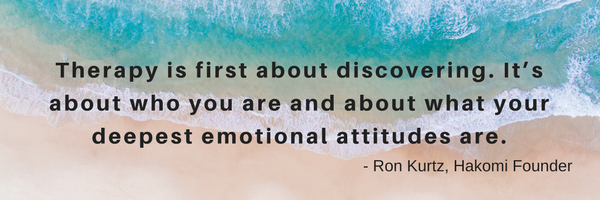Mindfulness and intuition Julia Clowney
Julia’s Approach to change
Julia’s approach to psychotherapy has evolved and grown over her twenty years of practice. Julia Clowney trained in clinical social work, also known as psychotherapy. With that as a solid foundation, she has incorporated many supporting techniques, methods, theories and mindsets – each informed by her own personal experiences with healing, suffering, searching and deep exploration.
Four of the most important techniques that Julia weaves together in her approach are Hakomi mindfulness-centered somatic psychotherapy, clinical intuition, and Accelerated Resolution Therapy (A.R.T.).
In your sessions, you will find these techniques seamlessly integrated. The combination allows clients to explore what is surfacing for them in the moment, and to dive deeply into whatever issues are most important. The goal is a safe and productive haven for insight into grief, loss and confusion, and a setting that allows you to use your own intuition to break through old patterns. Some of these breakthroughs are small and helpful; others are life changing.
Julia supports her clients into states of mindfulness and calm. Mindfulness allows you to explore somatic (body/mind) experiences, and, in combination with a therapeutic trance state (that moves brain functioning from fight or flight to a calmer, more thoughtful, problem solving area of the brain) you can experience not only a deep knowing but also deep healing.
Therapy that welcomes intuitive realization can also realize ideas and directions that the client has been unaware of consciously, but recognizes immediately when encountered. Clinical intuition is just another way of talking about neurological connections. The method pays special attention to the perceptions and relationships that occur to you during conversation.
The Hakomi Method

“Therapy is first about discovering. It’s about who you are and about what your deepest emotional attitudes are. It’s not just about who you think you are. It’s not opinion. It’s not something you can know with the intellect. It’s about who you are in the very heart of yourself. That’s the flavor of psychotherapy, discovering yourself, discovering your real attitudes toward the most important pieces of your life.”
—Ron Kurtz, Hakomi Founder.
Hakomi method integrates scientific, psychological, and spiritual research, into a complex and elegant form of psychotherapy that is highly effective with a wide range of populations. It utilizes the core concepts of gentleness, non-violence, compassion and mindfulness.
Hakomi aims at helping people change their “core material.” Core material means the memories, images, beliefs, neural patterns and deeply-held emotional dispositions that form our daily attitudes. These things shape our styles, habits, behaviors, perceptions and attitudes that others would say define us as individuals. Typically, we incorporate these influences unconsciously, by organizing our responses to the major concerns of our lives: safety, belonging, support, power, freedom, control, responsibility, love, appreciation, sexuality, spirituality, etc. Sometimes these “core materials” support our ability to be whom we wish to be, while some of it – especially the material formed in response to acute and chronic stress – may limit us. Hakomi can allow a person to distinguish between the useful material and that which is holding life back. Using this therapy, we can willingly change material that restricts our wholeness.
Hakomi is an experiential psychotherapy. In sessions, clients use present, felt experience as an access route to core material. As responses surface, the client is helped to establish an attitude of gentle acceptance and care – a state that can be built upon, and persist, and which Hakomi calls “loving presence.” This encourages a feeling of safety and respect and it gets clients closer to the positive knowledge, lying in the unconscious. We work with strong emotions and bound energy, safely releasing them, and finding nourishment in that release. We process core beliefs in mindfulness, not as intellectual problem-solving, but as direct dialogue with the unconscious.
Hakomi is effective and appropriate in many therapeutic situations, with individuals and couples in both brief and long-term therapy.
If you would like to contact me with questions about the Hakomi Method or to set up an appointment, please feel free to call or use the blue Contact Tab in the lower right corner of this page.
